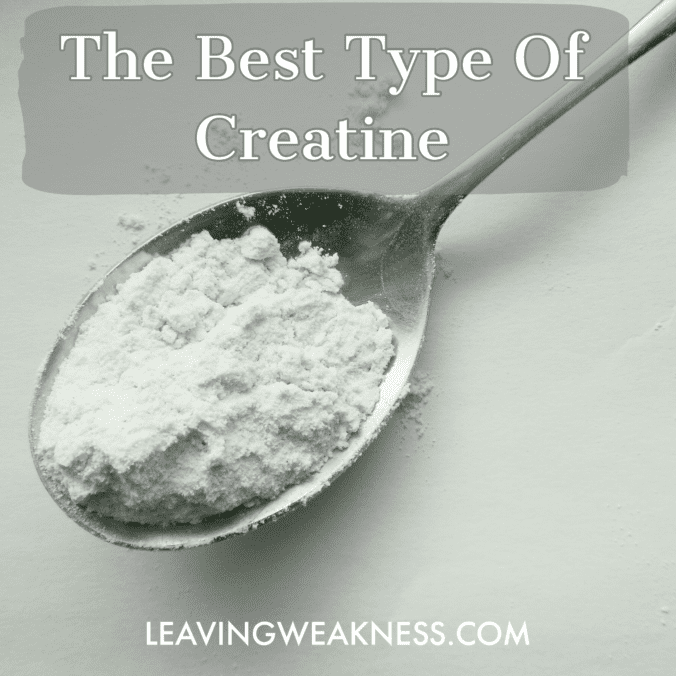Creatine monohydrate is the most researched workout supplement in history.
In fact, creatine supplementation has been studied for over 80 years! Small amounts of it can be found in meat and it can also be produced in the liver and kidneys from amino acids. It is a substance that is naturally found in our bodies and over 90% is found in our muscles.
Creatine monohydrate (CM) is the most cost-effective dietary supplement in terms of muscle mass and strength gains. It can help support protein synthesis, which helps muscles grow.
Many factors can be improved with the supplementation of CM such as increased physical power and athletic edge. It is also improves function of the ATP energy system and can help burn fat as well as increase muscle mass.
Creatine monohydrate is a tried and true supplement that has tons of data to back up its effectiveness. Yet, every few years, a supplement company comes out with a more advanced and “better” version of this supplement. Many supplement companies pay for testing on new supplements that the just happens to own the patients for. Then the often skew the data in order to market their new product as a more supperior supplement.
The studies
There are nearly 10 different types of creatine on the market which makes it hard for a lot of consumers understand what the hell each one is for. The only NOTICEABLE difference in any of these creatine products is how well they dissolves in water.
There was a recent study that compared CM to several different types such as Creatine HCl. HCI is more soluble than CM, so a lower dose than monohydrate was thought to be just as effective. However, this doesn’t seem to be the case. There were no significant changes in performance between all 3 groups in the study. The bottom line here is that none of the other forms improved performance any better than creatine monohydrate.
Almost all creatine products are sold in powder form. The reason for this is that liquids require a pH adjustment to remain fresh and stable. Once you put Creatine in water, it will still have a stable pH depending on the temperature. But over time it will eventually convert to creatinine, which is bad for your kidneys. If it is stored in cold water can be stable for a few days before it starts to convert to creatinine.
Creatine ethyl-ester is known as the worst form because it readily converts into creatinine. Don’t use Creatine ethyl-ester or buy premixed liquid Creatine products.
So, save your money and stick with creatine monohydrate cause its cheaper and does what it’s supposed to do. Which is to increase ATP production and hydrate your muscle cells.
How to use it
Always mix it in cold water and consume immediately. The effective dosage is approximately 5 grams per day and it is best absorbed when taken with carbohydrates. The best time to take CM is right after lifting because that is when muscles are most receptive to absorbing from the blood.
A lot of people talk about doing a loading phase when you first start using creatine. Loading is where you take a shitload of it in order to get it into your system. This really isn’t necessary as creatine is built up into your system over time. Supplement companies comonly advocate for loading as a way to sell more product by getting you to go through the container faster.
It is necessary for athletes and bodybuilders to increase their water intake while supplementing because it throws off water and electrolyte balance in the body. It is also recommended to eat a well balanced diet with plenty of minerals.
Myths
Some common myths with this supplement are that it will cause bloating or water retention. This myth is a result of a lot of the products that were out in the 1990s that also contained cheap artificial sweeteners and fillers like maltodextrin and dextrose. Those chemicals and very poor quality creatine were actually what caused these issues.
Even though this supplement is not expensive, you still need to make sure that you buy the most pure and quality tested product possible to ensure the best results.


Leave a Reply